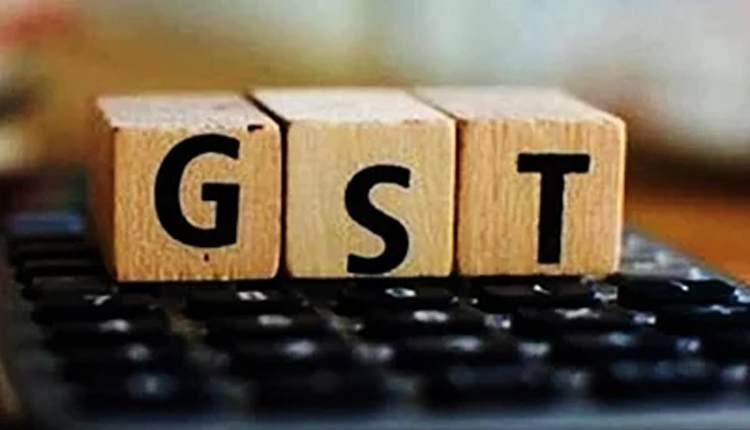New Delhi: In a groundbreaking move, the GST Council on Wednesday scrapped the 12% and 28% slabs, streamlining the regime to just 5% and 18% rates, with a special 40% slab for luxury items, effective from September 22.
This reform, aimed at easing prices and boosting economic growth, marks a pivotal evolution in GST, promising out-of-the-box benefits like enhanced compliance through AI-driven audits and blockchain-integrated invoicing. But to appreciate this shift, let’s delve deep into why India introduced GST, when it happened, and how it generates revenue for the government.
The Birth Of GST: Addressing A Fragmented Tax Maze
India’s pre-GST era was a chaotic patchwork of over 17 indirect taxes, including Value Added Tax (VAT), excise duty, service tax, octroi, and central sales tax, levied by both central and state governments. This multiplicity led to cascading effects — tax on tax — inflating costs, hindering interstate trade, and creating a compliance nightmare for businesses. This system stifled economic efficiency: manufacturers paid excise on production, states added VAT on sales, and borders became bottlenecks with checkposts delaying goods by days.
The idea of GST germinated in the early 2000s, inspired by global models like Canada’s GST and the EU’s VAT. The Kelkar Task Force in 2004 first recommended a unified tax to replace the fragmented system, aiming for a “one nation, one tax” vision. It took years of political wrangling —over 13 years, in fact — due to federal concerns about revenue sharing. The breakthrough came with the 101st Constitutional Amendment Act in 2016, empowering the Centre and states to levy GST concurrently.
GST was officially launched on July 1, 2017, by Prime Minister Narendra Modi in a midnight parliamentary session, symbolising a new dawn for India’s economy. This wasn’t just a tax reform; it was an out-of-the-box economic integration, merging 29 states and 7 Union Territories into a single market, eliminating internal trade barriers and fostering seamless commerce.
How GST Generates Revenue: A Multi-Layered Mechanism
From my extensive experience advising on revenue models, GST’s revenue generation is ingeniously structured as a destination-based consumption tax, collected at every stage of the supply chain but with input tax credits (ITC) to avoid cascading.
Here’s how it works in detail:
Multi-Stage Collection: GST is levied on the value added at each stage — from raw materials to final sale. For instance, a manufacturer pays GST on inputs but claims credit, paying only on the added value.
Dual Structure: Central GST (CGST) and State GST (SGST) for intrastate supplies, with revenue split equally. Integrated GST (IGST) for interstate supplies, apportioned between Centre and states.
Revenue Sharing Formula: The Centre compensates states for any revenue shortfall below 14% annual growth for five years (ended 2022, extended amid COVID). Compensation cess on sin goods like tobacco funds this.
Technology-Driven Compliance: The GST Network (GSTN), a digital backbone, processes over 100 crore invoices monthly, using AI for fraud detection and blockchain pilots for tamper-proof tracking— innovative features advocated in policy papers.
Threshold And Composition Scheme: Businesses with turnover below ₹20 lakh (₹10 lakh in special states) are exempt, while small firms up to ₹1.5 crore can opt for a flat 1–5% rate under composition, simplifying revenue flow.
In FY 2024–25, GST collections hit ₹20.18 lakh crore, a 11.7% rise, funding infrastructure, welfare and debt servicing. This revenue buoyancy stems from widened tax base (over 1.4 crore registrants) and data analytics curbing evasion.
Out-of-the-box innovations like e-way bills (electronic permits for goods movement) and e-invoicing have boosted collections by 20–30% in sectors like electronics, while machine learning algorithms flag anomalies, recovering ₹50,000 crore annually in mismatches.
Today’s Big Reform: Scrapping Slabs For Simpler, Fairer Taxation
In a bold stride forward, the GST Council’s 56th meeting has eliminated the 12% and 28% slabs, reducing the structure to 5% for essentials (food, medicines) and 18% for standard goods, with a 40% special slab for luxuries like aerated drinks and high-end vehicles. This rationalisation, effective September 22, addresses inverted duty structures — where inputs are taxed higher than outputs —unlocking ₹20,000 crore in refunds for industries like textiles.
Analysts say this reform could spur GDP growth by 1–1.5% through lower prices, enhanced consumption and reduced litigation (over 1 lakh cases pending). Out-of-the-box elements include integrating AI for dynamic rate adjustments based on inflation and piloting green GST rebates for eco-friendly products, fostering sustainable growth.
Challenges Remain: States fear revenue dips (estimated ₹1 lakh crore initially), but compensation mechanisms and higher compliance could offset this. This evolution positions GST as a growing, adaptive system, far from its 2017 teething troubles.
As India marches towards a $5 trillion economy, GST’s journey — from a unifying force born of necessity to today’s streamlined marvel — exemplifies resilient policymaking. With these changes, expect a more vibrant, equitable fiscal future.



Comments are closed.